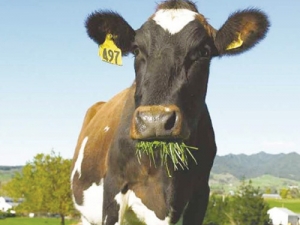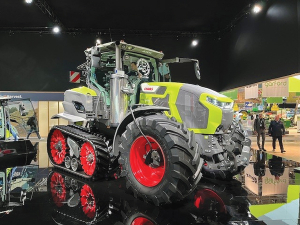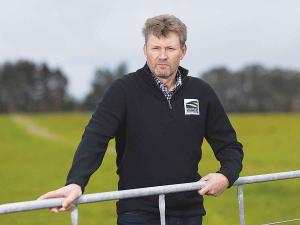The level of pasture cover at calving is very important, says DairyNZ.
Too much feed will waste pasture and may reduce growth.
If there is insufficient pasture the cows will be underfed and pasture growth reduced. If there is insufficient pasture the inter-grazing interval is reduced, resulting in pastures being grazed before the 2½ leaf stage. Pasture growth will be reduced and pasture cover will stay low until the summer.
Therefore average pasture cover (APC) at calving (and supplements available) determine how well cows are fed for the first two months after calving.
This article covers what you can do if APC is below target at the start of calving.
Calculating the required APC at calving
APC is determined by calving rate, cover at balance date and decisions about use of supplements. For most farms this APC target is 2200-2400kg DM/ha.
A formal feed budget is often not required if there is enough knowledge from previous years to determine APC at calving and balance date.
If you are on a new farm a feed budget will help determine the amount of feed required (cover, grazing off, supplement) and predict APC at calving.
Feed budgeting is a prediction based on best available knowledge, so learn all you can about the farm's growth rates, soil temperature, nitrogen application, conditions that may cause feed wastage and feed intake estimates.
If APC is below target
Face your situation: walk the farm, confirm the size of any deficit and plan how to fill the deficit for the next two weeks; share your plan, seek advice. And continue to monitor actual pasture cover weekly and adjust the plan weekly or fortnightly if necessary.
Create a plan
Can you grow more pasture?
- Apply nitrogen
- Minimise pugging
- Slow the rotation (feed supplement) to increase APC as quickly as possible
Can you increase feed supply?
- Reduce wastage to make reserves last longer
- Buy in additional feed
Can you reduce feed demand and slow the rotation?
- Reduce stocking rate (if possible get later calvers or dry stock off the farm)
- Prioritise stock and check intakes; cow intake at calving is significantly less than peak intake.


















